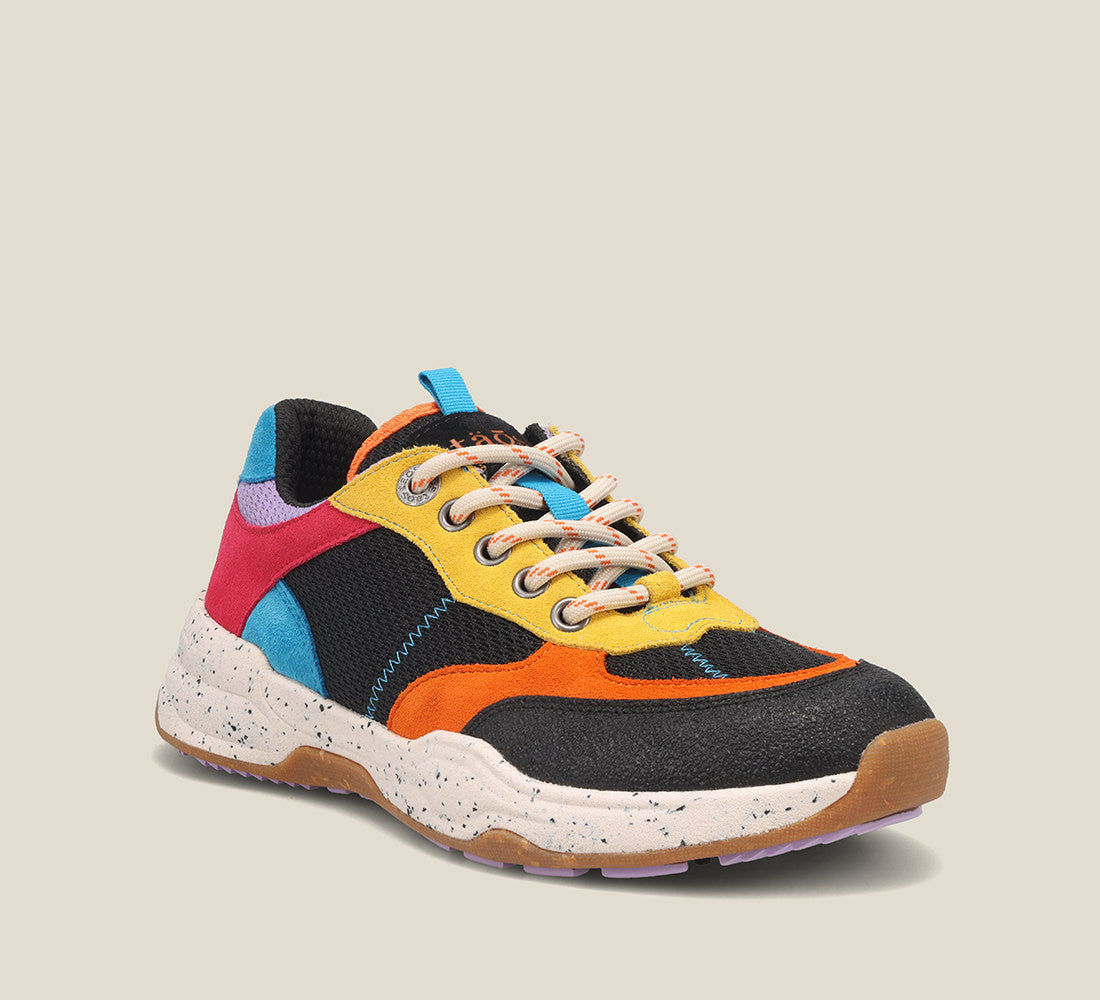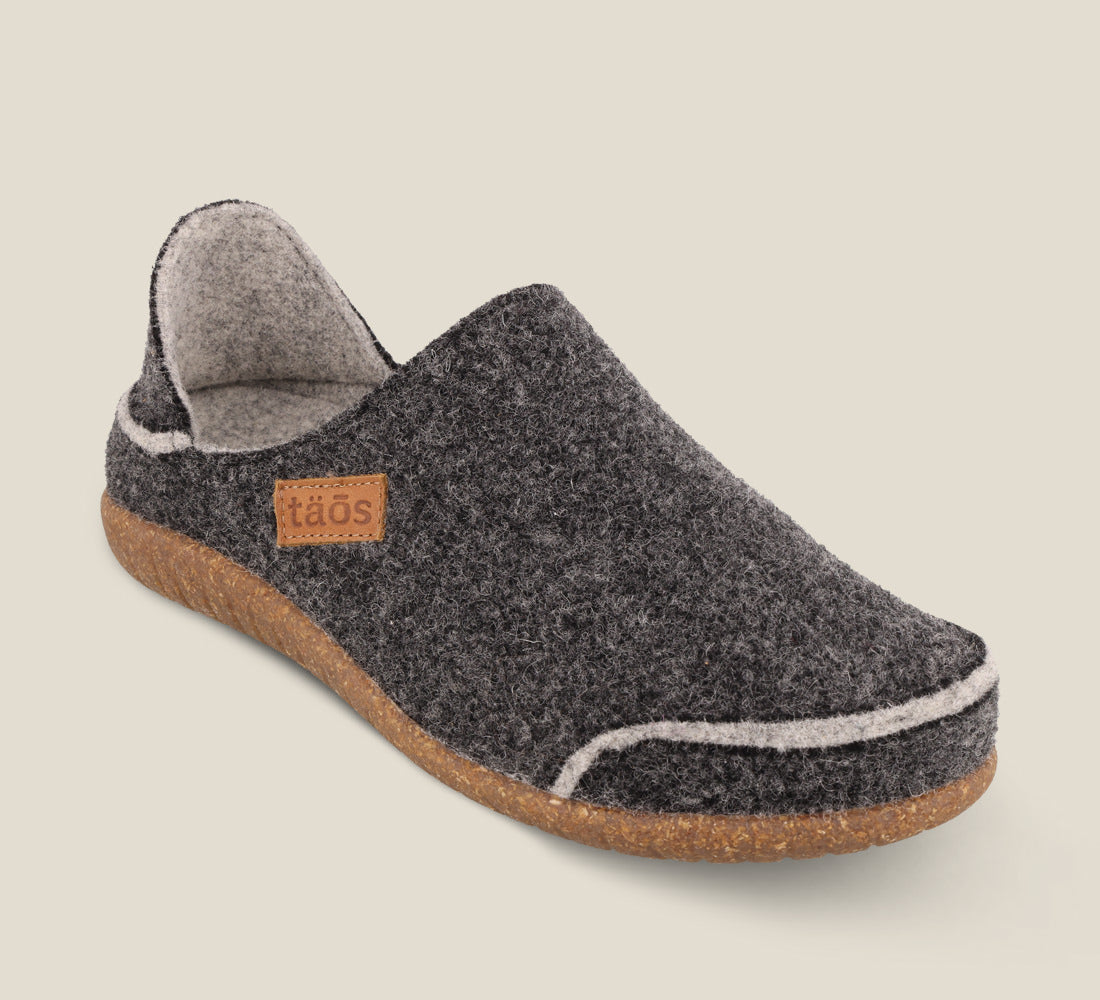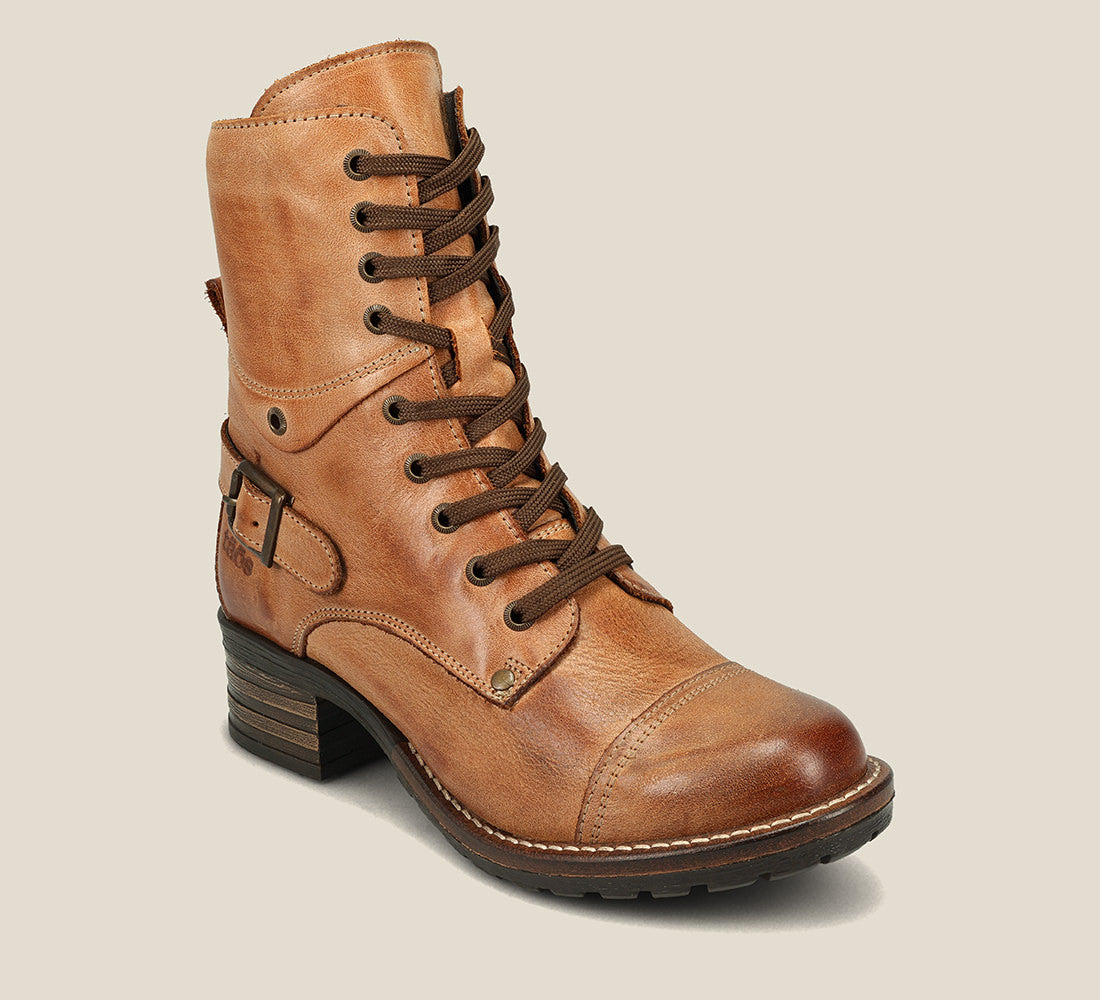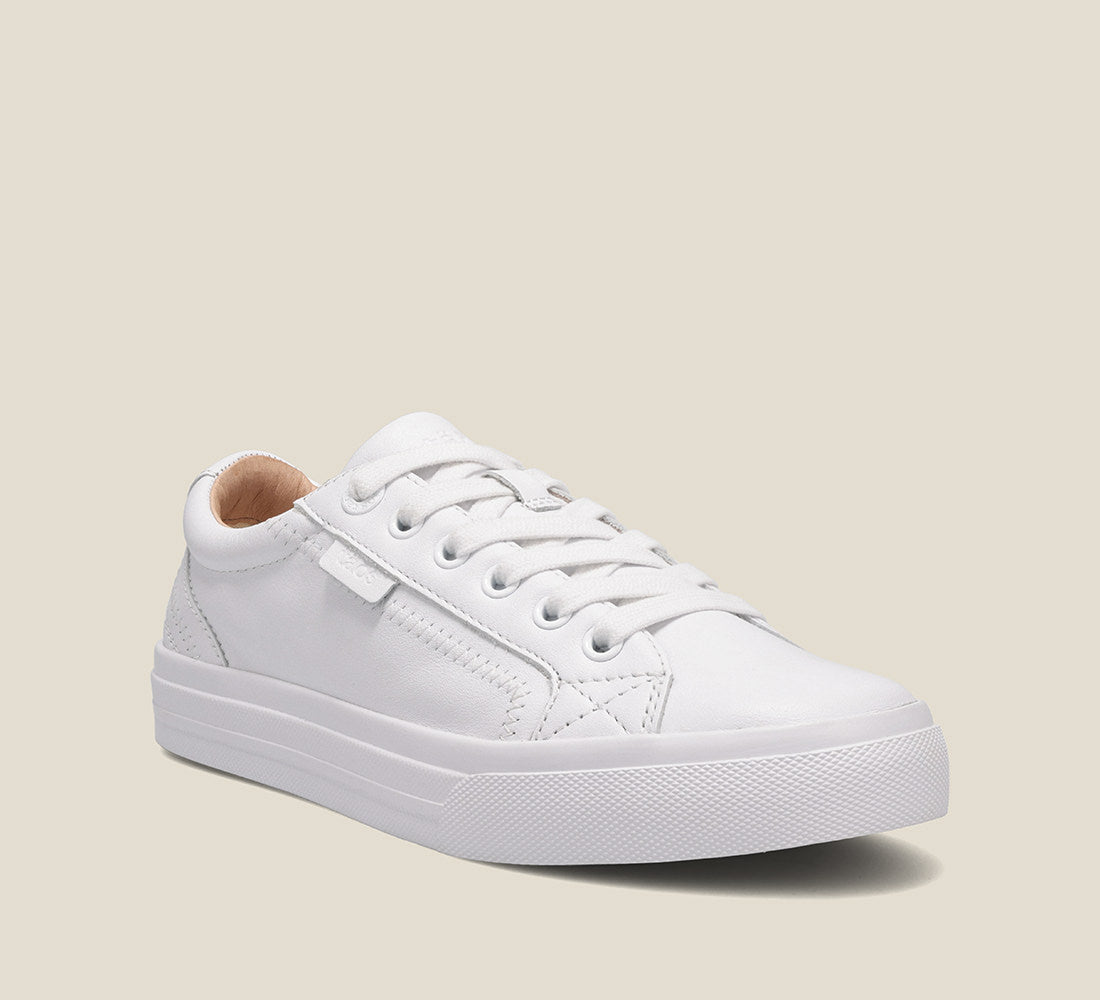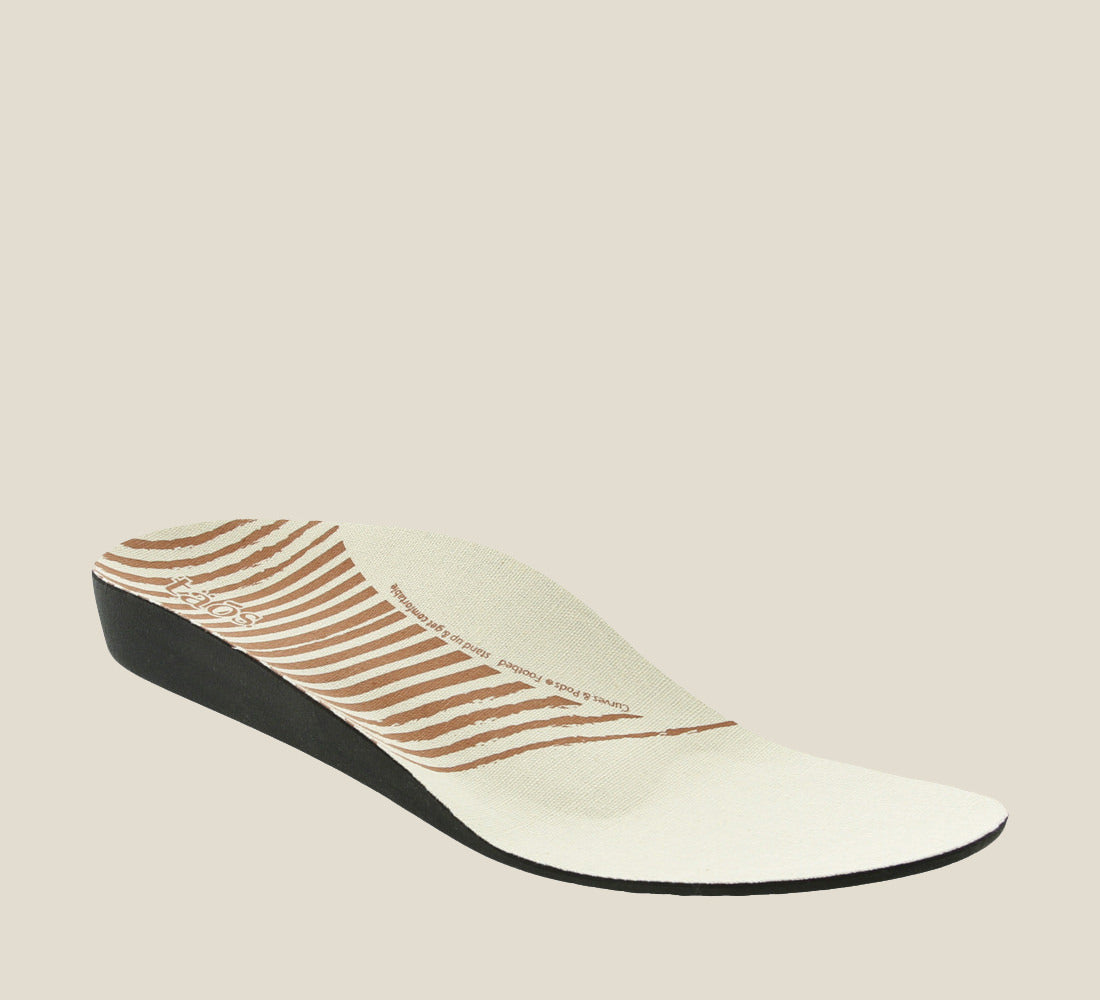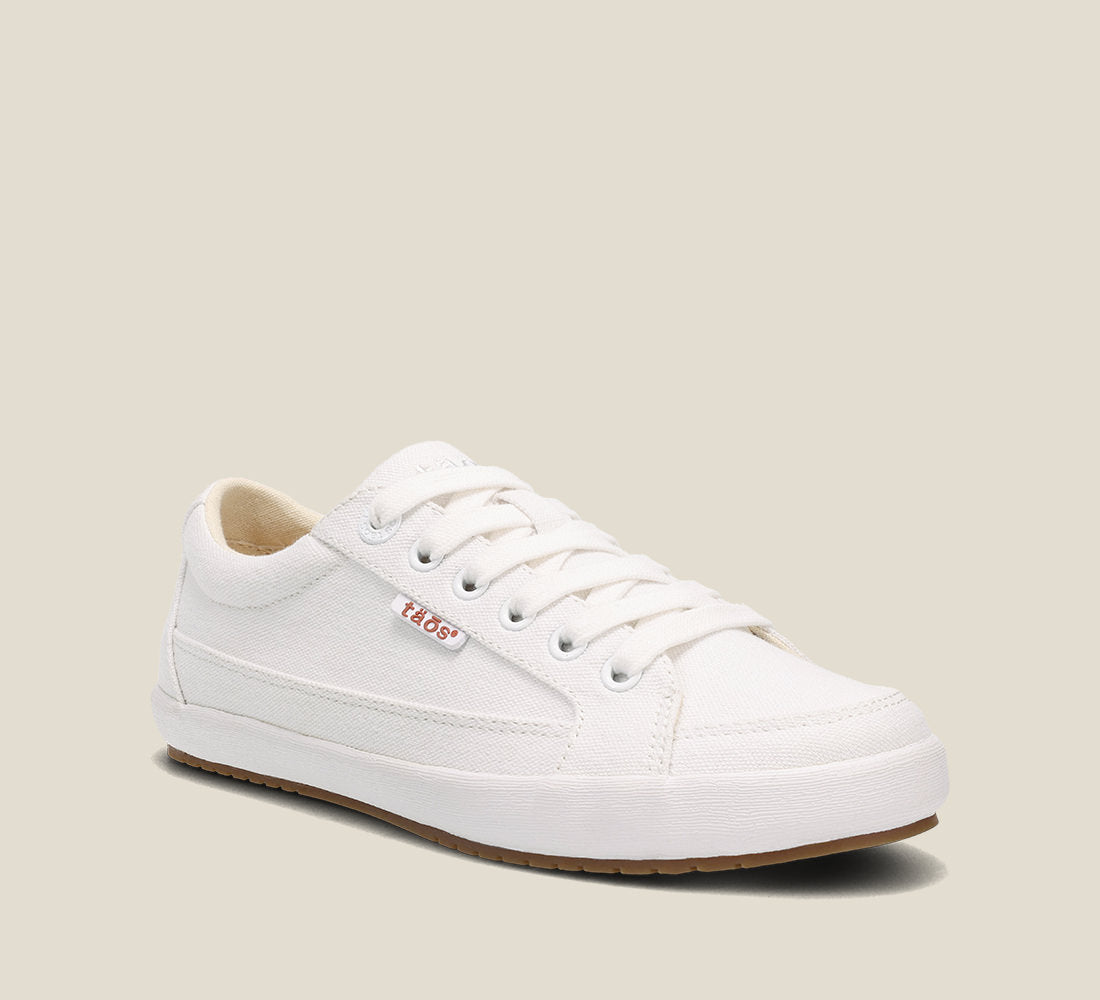Worn Out Shoes? 5 Signs It's Time To Replace Them

The active sneakers you choose are important for your comfort, for your foot and leg health, and they can help you stay motivated to keep up with your fitness routine.
But it’s all too common for people to fall in love with their walking shoes or active footwear, and then forget to replace them soon enough. Worn out shoes don’t provide you with enough cushioning and support, putting you at a greater risk for foot injuries like plantar fasciitis.
Knowing when to replace your walking shoes is important.
How Long Do Walking Shoes Last?
Most walking shoes last up to 500 miles, or around six months, depending on how active you are. The 500-mile limit is a rule of thumb to keep in mind when it comes to active footwear. Most athletic shoes, whether they’re for walking or they’re an all-purpose type of sneaker, need to be replaced when they have 500 miles of use.
If you don’t track your mileage, this is roughly the equivalent of walking an average of three to four hours each week, or 30 minutes each day. If this is you, plan to change your shoes every six months.
If you’re heavier, or you regularly walk more than that, plan to replace your shoes every three months. If you’re a runner, you’re going to put more wear-and-tear on your shoes than someone who just walks, so you should keep this in mind too. You should probably plan to replace your running shoes every three months, just to be on the safe side. If you run 40+ miles per week, or are training for a marathon, you may need to change your shoes even sooner, or alternate between two pairs.
Beyond the 500-mile rule, there are other signs of when to replace shoes to be aware of.
When You Need to Replace Your Walking Shoes
1. Heel breakdown
The heel is typically the fastest part of a shoe to wear down, simply because most people walk with a heel to toe stride. This means that every time you step, nearly all of your body weight is supported by the heel of your shoe. This is totally normal, but once the sole tread pattern breaks down, it’s time to replace them.
In some cases, the insides & outsides of your shoe’s heel may wear down faster than the center if your ankle rolls to the inside (pronation) or outside (supination). This rolling pattern is caused by muscle imbalances in the lower leg. And in addition to causing faster wear to the edge of your heels, these can trigger conditions like plantar fasciitis & heel spurs, as well as knee, hip, and lower back if not corrected.
Winner

2. Foot Pain
If you’re experiencing foot pain, even if your shoes look like they’re still in good condition, you might need to replace them. Of course, this is only relevant if the pain you’re experiencing is new and you didn’t have it before. If you recently bought a new pair of shoes and they caused blisters or discomfort the first time you wore them, you’ll need to get a new pair to avoid future pain & injuries.
3. Workouts become more painful
If your walks or workouts trigger a sharp, stabbing pain in your heel & arch, your shoes’ lack of support may be to blame – you may have plantar fasciitis. If you’ve decided it’s time to get a new pair of walking shoes, the most important things to focus on are comfort and support. Taos offers a variety of casual women’s walking shoes and men’s sneakers that offer heel & arch support, premium comfort, and superior cushioning for active lifestyles.
Moc Star

4. Cushions feeling less comfortable
You may notice that the cushion of your shoe doesn’t feel as supportive as it once did. This is a sign that your shoes are worn out from walking, and need replacing. Again, think about arch & heel support when you choose footwear. Look for curves that hug your feet for the perfect fit, regardless of your shoe size or the width of your foot. You should also choose active shoes with absorbent pads. Taos has something called the Curves & Pods, which is a removable footbed in each pair of shoes for the maximum level of comfort.
Star Burst

5. Aches and pains
Are you starting to experience aches and pains after your walks or workouts that you didn’t previously? Your shoes might be the culprit. Rotating your shoes is a good way to reduce wear and tear on a single pair. For example, have two pairs of shoes that you switch out each day - opt for canvas sneakers on one day and leather sneakers the next. This not only reduces the wear and tear on the shoes but also lets them fully air out so that bacteria and fungus growth is reduced.
Z Soul

How to make your walking shoes last longer
While you should be aware of the signs it’s time to replace your shoes, there are shoe care strategies that can help you prolong the life of your walking and active shoes:
- Wear your walking shoes just for walking or exercising.
- Use a disinfectant spray on your shoes occasionally to prevent bacterial & fungal growth.
- Clean them by hand instead of putting them in the dryer; the dryer can break down the sole.
- Untie the laces when you take your shoes off, rather than toeing them off. Even though it may seem convenient, it stretches the heel and can cause damage to the ligaments & tendons in your ankle.
Walking is one of the healthiest activities you can do, but only with the right pair of shoes. Your footwear helps keep you comfortable, prevents foot & leg issues, and boosts your motivation to stick to your daily walking routine. Make sure to replace your shoes every three to six months, or every 500 miles. You don’t need to check them every single day, but watch out for early signs of wear like heel breakdown, new foot pain, less cushioning, and other aches & pains. And as long as you take care of them, you’ll easily get your miles’ worth.
Star Burst

 Leather
Leather
 Canvas
Canvas
 Slip-on
Slip-on
 White
White
 Men's
Men's
 Soft Support
Soft Support
 Cork Support
Cork Support
 Euro Cork Support
Euro Cork Support
 Wedge Collection
Wedge Collection
